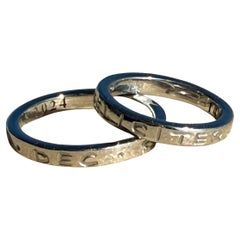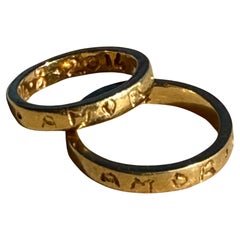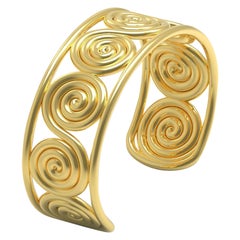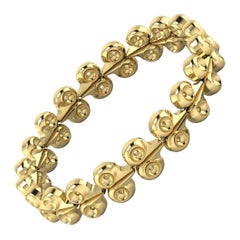Acerca de Romae Jewelry
La colección boutique ROMAE fue creada por un equipo de arqueólogos clásicos y artistas que han pasado los últimos 20 años viviendo y trabajando en Roma, Italia. Las joyas de ROMAE se inspiran en ejemplos antiguos encontrados en excavaciones arqueológicas por las tierras que antaño abarcaba el imperio romano. Cada pieza se elabora con amor y cuidado, y con el deseo de recordar la elegancia y el atractivo eterno del original. Con nuestros propios diseños, nos complace hacer que las antiguas joyas romanas vuelvan a estar de actualidad, a la moda y disponibles.

Establecido en 2020Vendedor de 1stDibs desde 2021
Piezas destacadas
2.º década del siglo XXI, Italiano, Romano clásico, Anillos de boda
Oro, Oro blanco, Oro amarillo, oro 18 kt
2.º década del siglo XXI, Italiano, Anillos de boda
Oro, Oro 14K, Oro blanco, Oro amarillo
2.º década del siglo XXI, Italiano, Romano clásico, Pulseras de puño
Oro, oro 22 kt, Oro amarillo
2.º década del siglo XXI, Europeo, Griego clásico, Pulseras de eslabones
Oro, oro 18 kt, Oro amarillo
Antiguo, siglo XV y antes, Italiano, Romano clásico, Pendientes de gota
oro 18 kt, Oro amarillo
Antiguo, siglo XV y antes, Italiano, Romano clásico, Pendientes colgantes
oro 18 kt, Oro amarillo, Oro
Siglo XXI y contemporáneo, Italiano, Contemporáneo, Anillos de moda
oro 24 kt, Oro amarillo
Antiguo, siglo XV y antes, Italiano, Romano clásico, Anillos de moda
Oro amarillo, Oro, oro 18 kt
Antiguo, siglo XV y antes, Italiano, Romano clásico, Anillos de sello
Oro, oro 18 kt, Oro amarillo
Antiguo, siglo XV y antes, Italiano, Romano clásico, Anillos de sello
Oro, oro 22 kt, Oro amarillo
Antiguo, siglo XV y antes, Italiano, Griego clásico, Collares pendientes
Oro, oro 22 kt, Oro amarillo
Antiguo, siglo XV y antes, Europeo, Griego clásico, Pulseras de eslabones
Oro, oro 18 kt, Oro amarillo
Más información sobre Romae Jewelry
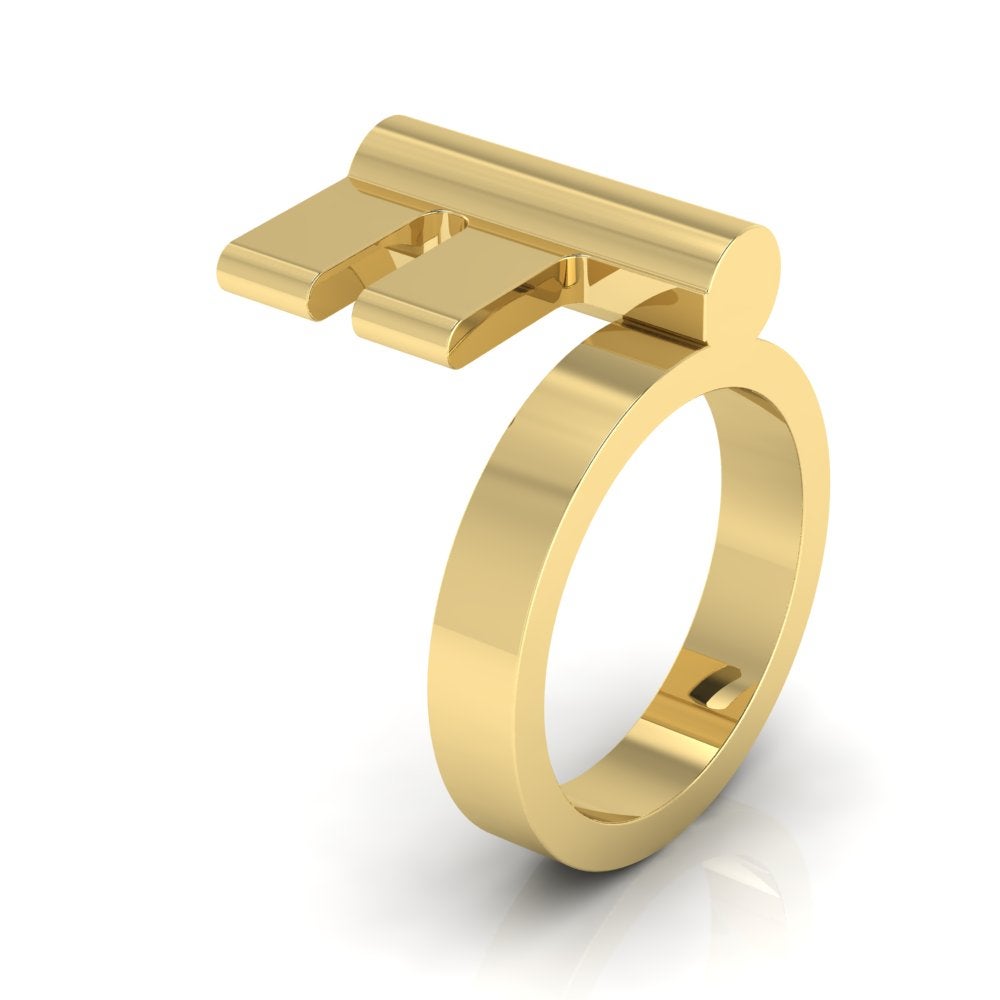
Our striking "Securitas" ring, based on an ancient Roman key ring dating to between the first and third centuries AD.
Our stately "Nimrud" cufflinks, which have a long tradition going back to the ancient Near East! The floral motif is seen on a cuff bracelet adorning male figures in the very famous alabaster relief images from the palace at Nimrud, which date to c. 880 BC.
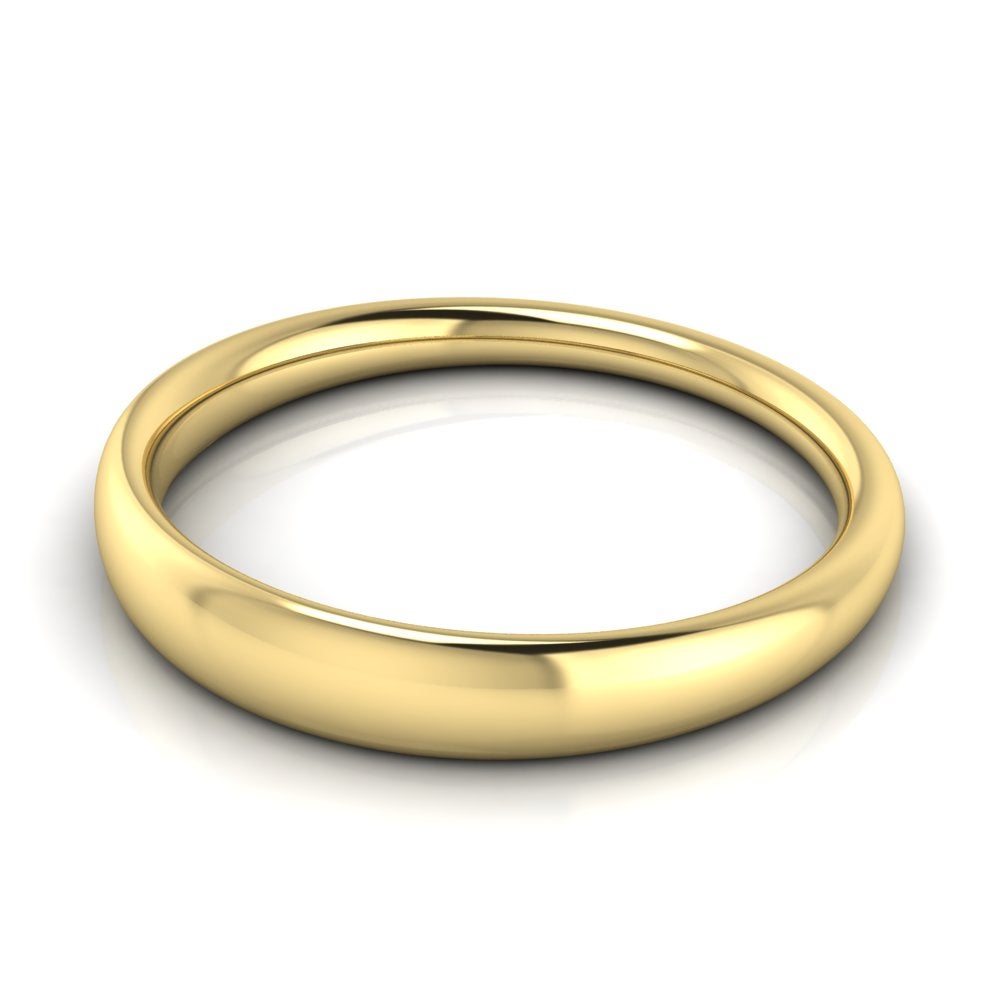
Our "Fortuna" bracelet, solid luxury, inspired by an example found in the excavations of the ancient Roman villa at Oplontis, in the Bay of Naples, and dating to before AD 79.

Love as an unbreakable bond - this is the message of our signature "Amor" ring, based on a gorgeous Hellenistic Greek example dating to the third century BC.
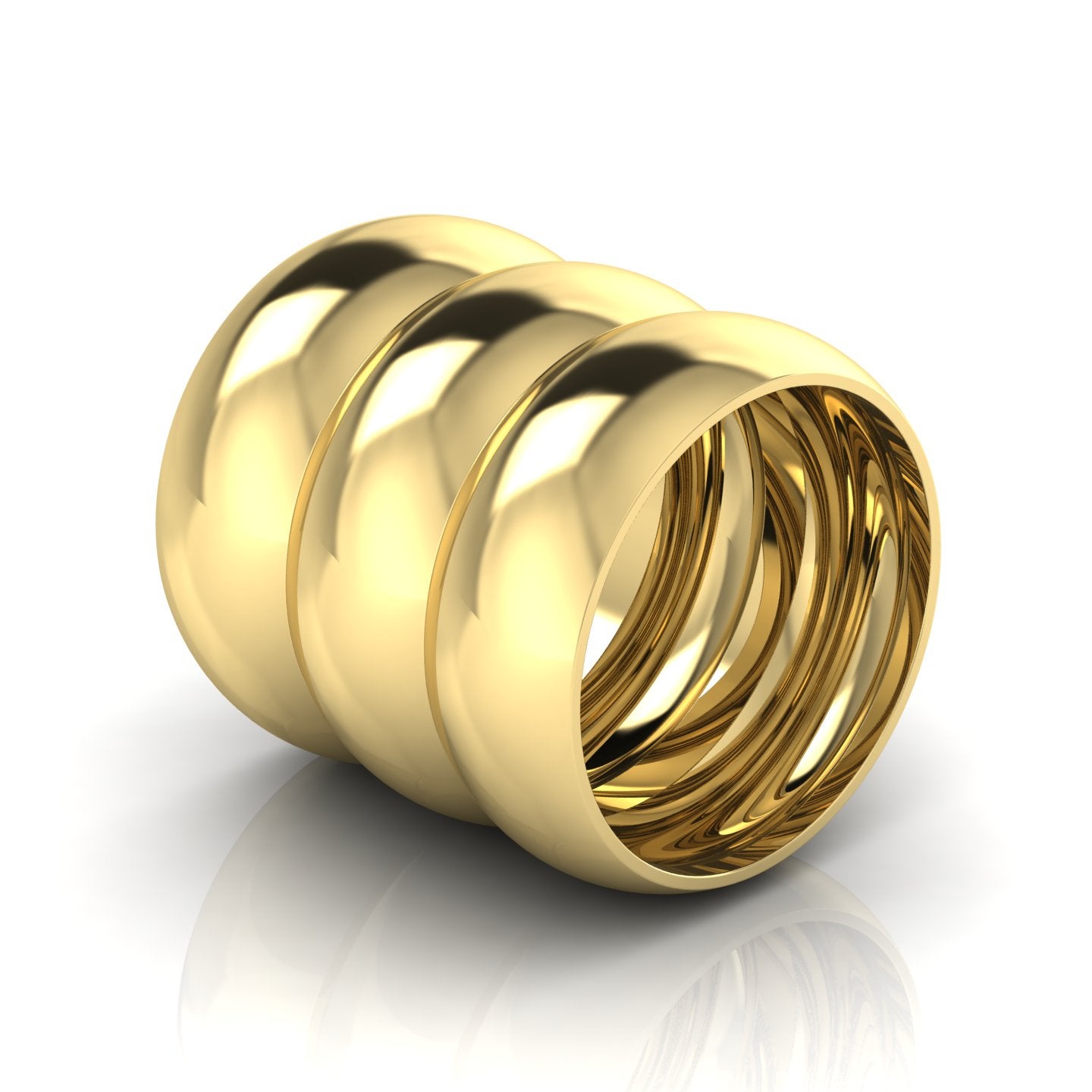
Our lavish "Luxus" ring is a statement of luxury, and is modeled after an original from Cyprus dating to the sixth century BC.
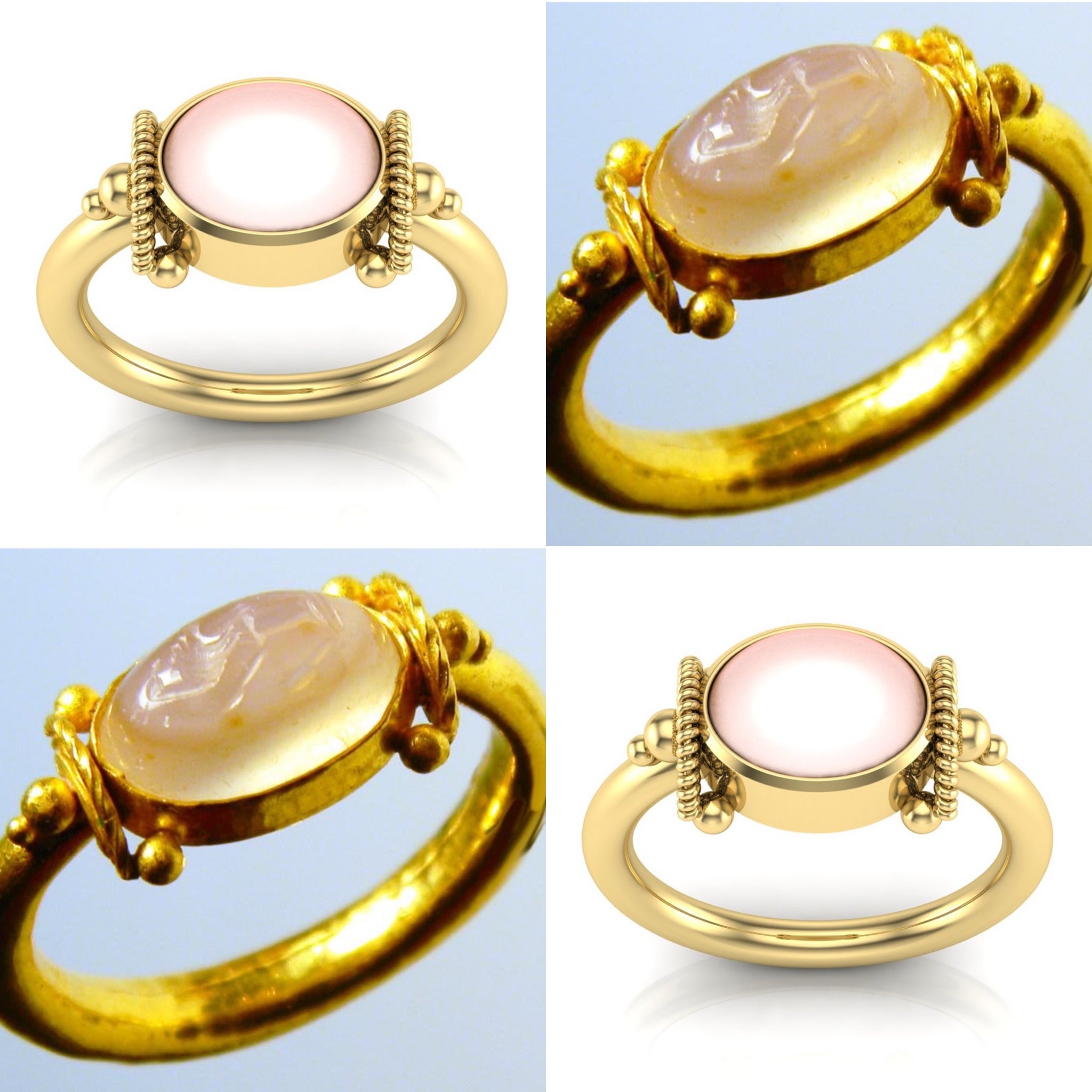
Our "Vasilki" ring is based on an ancient gold example with an engraved white quartz stone, which dates to the first century AD. "Vasiliki" is a modern Greek name meaning "queen," or "royal." It is derived from the ancient Greek word "basileus" (βασιλεύς), or "king."
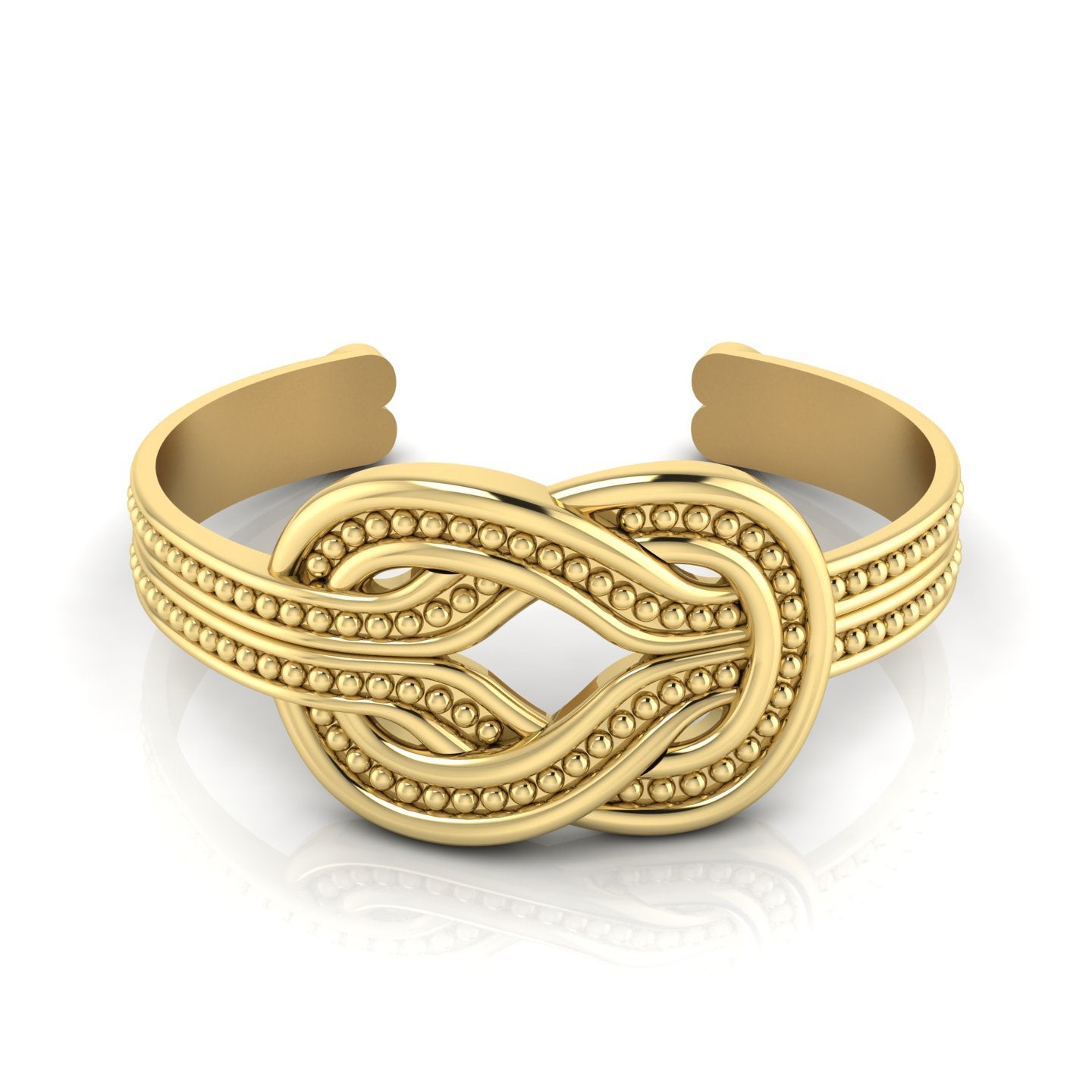
Our gorgeous "Firmitas" cuff bracelet depicts the "Hercules knot," and is modeled after the ornate clasp of a second century AD Roman bracelet. The Hercules knot originated in the ancient world. As a knot that would tighten and thus become even more stable when pulled, it quickly became a symbol for a strong bond, and thus a symbol for love and commitment. It is the origin of the phrase "tying the knot" when referring to marriage!
Our delicate and provocative "Zephyrus" pendant is based on a seventh century BC example from Lyktos, Crete.
The astounding design of this brooch comes from the fifth century BC temple of Athena Parthenos, the Parthenon, in Athens, Greece. The Parthenon's external ornamentation included gorgeous, elaborate three-meter tall marble akroteria in the form of acanthus plant stalks and tendrils that graced the apex of the roof above the pediment in both the front and the back of the building.
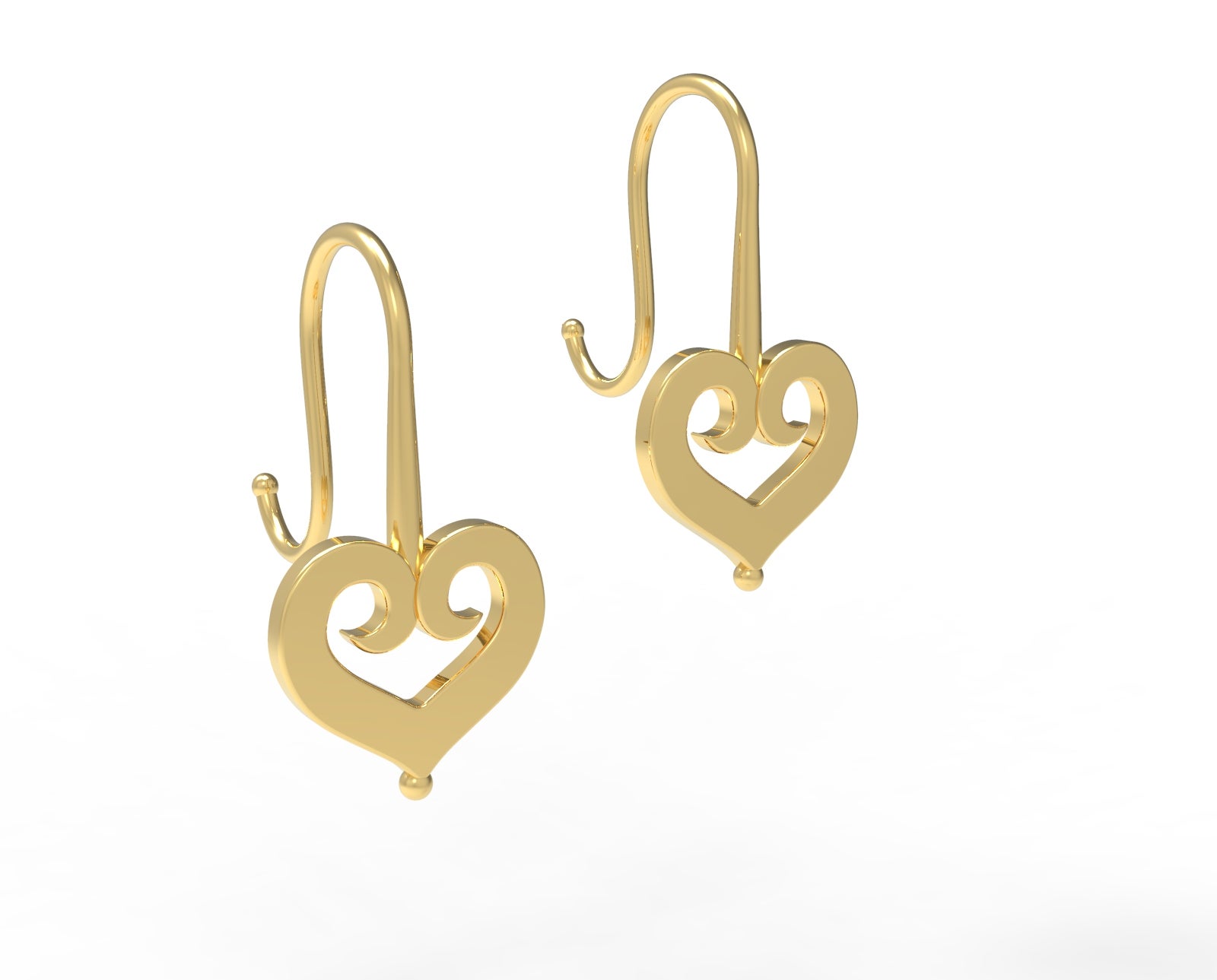
Our darling "Octavia" earrings are delicate and sweet, and have a design that is so current! In fact, the pair is modeled after an ancient Roman example. The design on the front was a very popular motif in Roman art, and while it appears to depict a heart, it was, in fact, a full and beautiful ivy leaf. As one of the attributes of the god Dionysus, ivy was a powerful symbol associated with eternal happiness.

